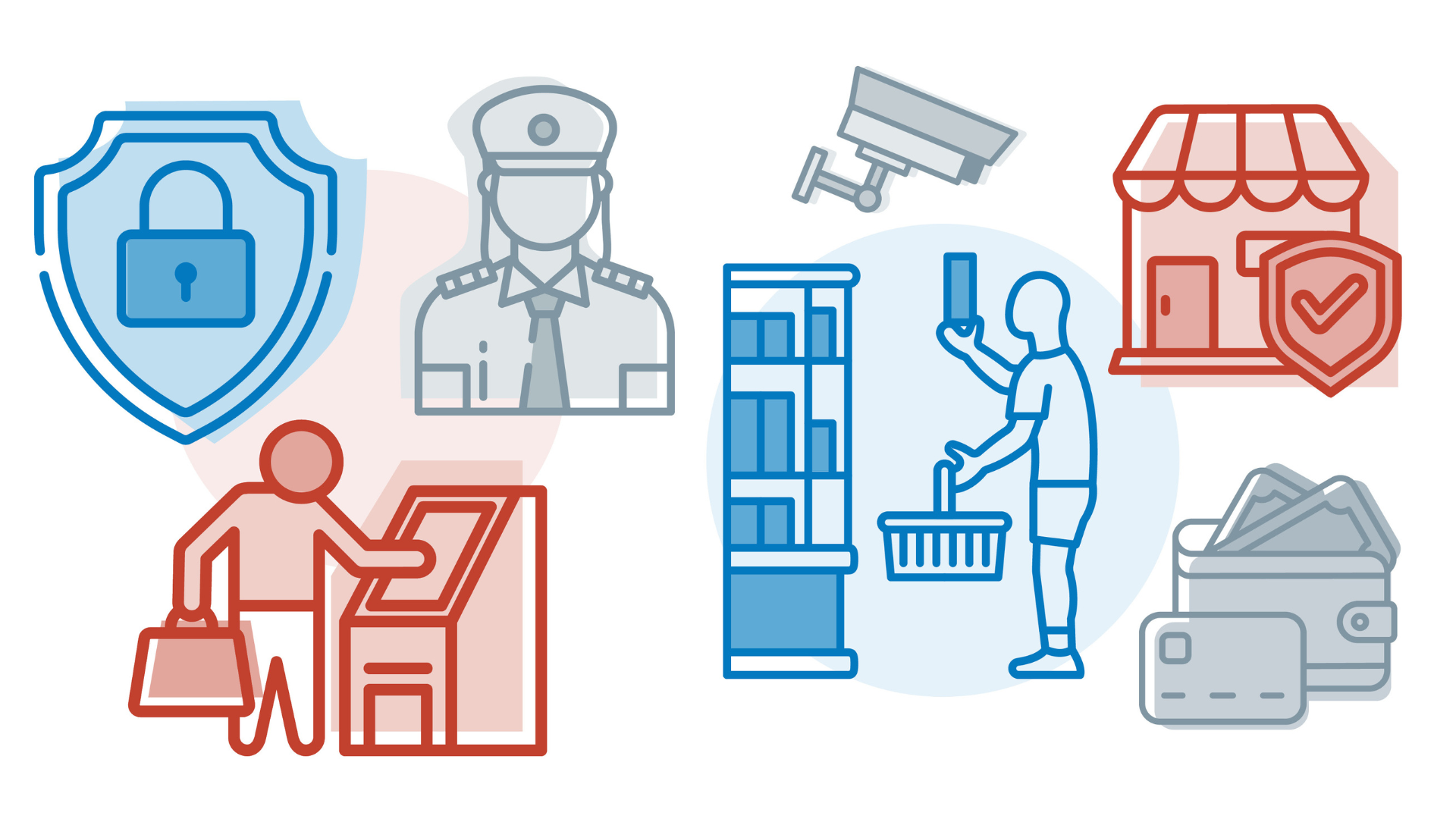By Doug Baker, Vice President, Industry Relations, FMI

Employees are every store’s greatest asset. In addition to executing daily operations, they are on the “front line,” interacting with customers and playing a key role in the overall brand experience. They are also involved in the safety and security of the business, and as such, there is one critical skill that needs reinforcement: verbal de-escalation techniques to diffuse conflicts before they turn violent.
 I recently discussed the importance of de-escalation training with Bill Flynn, former DHS principal deputy assistant secretary and co-founder of The Power of Preparedness (TPOP). Under Bill’s leadership, TPOP provides online training for verbal de-escalation and active shooter preparedness.
I recently discussed the importance of de-escalation training with Bill Flynn, former DHS principal deputy assistant secretary and co-founder of The Power of Preparedness (TPOP). Under Bill’s leadership, TPOP provides online training for verbal de-escalation and active shooter preparedness.
Doug: To start off, how can employees tell if they might be at risk of workplace violence?
 Bill: Aggression can be unpredictable. There are “stages of escalation” where a person may quickly move from slightly agitated to full-scale aggression. Understanding and identifying these early stages of escalation will help you respond effectively. Reasoning with an angry person is usually not possible, so the objective of de-escalation is to reduce the level of anger so that a discussion becomes possible.
Bill: Aggression can be unpredictable. There are “stages of escalation” where a person may quickly move from slightly agitated to full-scale aggression. Understanding and identifying these early stages of escalation will help you respond effectively. Reasoning with an angry person is usually not possible, so the objective of de-escalation is to reduce the level of anger so that a discussion becomes possible.
There are often behavioral indicators that someone is on a “pathway to violence,” which include changes in attitude, tone or volume of voice, or body language. If employees monitor their surroundings, it’s possible they will recognize someone on this path and take action to respond and de-escalate the situation.
Doug: What should an employee do if they need to de-escalate a situation?
Bill: First and foremost, safety is paramount. Begin by assessing the level of danger. Is there an exit path if needed? Is the person displaying a weapon or threatening bodily harm? Are they using personal insults and abusive language? You can always retreat if you feel your safety is threatened.
De-escalation techniques do not come naturally. Humans tend to mimic the behavior they see – our DNA promotes a “fight or flight” response. When faced with aggression, one must remain calm, centered, and professionally detached. Don’t take personally the anger heaped upon you. Take a deep breath and access your “thinking” self, rather than your “feeling” self. The goal is not to “win” but to help the agitated person move toward a more reasonable state of mind. Since these skills do not come naturally, they require training and practice.
Doug: What are the benefits of training employees in verbal de-escalation techniques?
Bill: Verbal de-escalation can help employees regain control of a situation before it turns violent. It can also promote a culture of safety where employees feel less anxious around unpredictable customers. Finally, it can help avoid attacks that can do irreparable damage to employee well-being, customer trust, and the business’s bottom line.
Doug: What safety and security recommendations do you have for grocers in this risk environment?
Bill: All organizations must be prepared to deal with evolving threats. Fundamentally, they should:
- Maintain a current risk assessment. This can be done internally, by a third-party security company, or by local first responders.
- Train your employees with the skills needed to:
- Recognize dangerous situations.
- De-escalate verbal confrontations.
- Effectively respond to potential violence including an active shooter.
FMI has a partnership with The Power of Preparedness, to provide comprehensive online training for situational awareness, verbal de-escalation, and active shooter preparedness for food retailers and other industries. All FMI members receive a generous member discount on company-wide training.


 Industry Topics address your specific area of expertise with resources, reports, events and more.
Industry Topics address your specific area of expertise with resources, reports, events and more.
 Our Research covers consumer behavior and retail operation benchmarks so you can make informed business decisions.
Our Research covers consumer behavior and retail operation benchmarks so you can make informed business decisions.
 Events and Education including online and in-person help you advance your food retail career.
Events and Education including online and in-person help you advance your food retail career.
 Food Safety training, resources and guidance that help you create a company food safety culture.
Food Safety training, resources and guidance that help you create a company food safety culture.
 Government Affairs work — federal and state — on the latest food industry policy, regulatory and legislative issues.
Government Affairs work — federal and state — on the latest food industry policy, regulatory and legislative issues.
 Get Involved. From industry awards to newsletters and committees, these resources help you take advantage of your membership.
Get Involved. From industry awards to newsletters and committees, these resources help you take advantage of your membership.
 Best practices, guidance documents, infographics, signage and more for the food industry on the COVID-19 pandemic.
Best practices, guidance documents, infographics, signage and more for the food industry on the COVID-19 pandemic.
